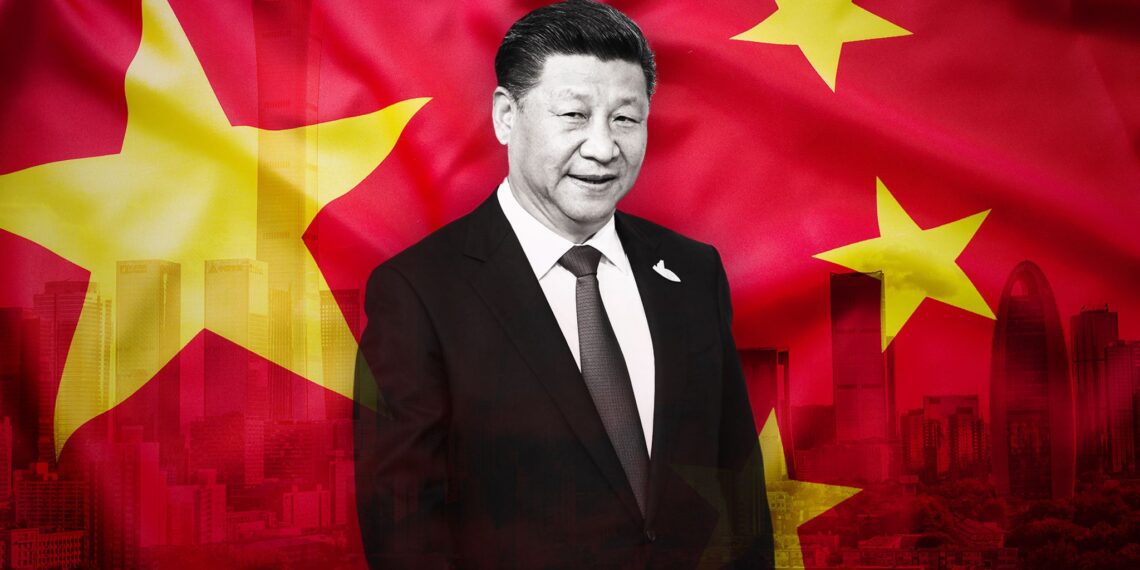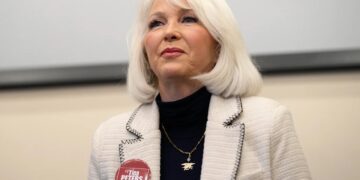By John F. Di Leo, Opinion Contributor
On October 9, 2025, as China-watchers scoured the news for details about Chairman Xi Jinping’s rumored medical emergency, Beijing stunned the world by issuing an unprecedented announcement to many, possibly most, of its trading partners.
China declared new export controls on rare earths, which by some accounts are so extreme as to not only ban exports of the goods from China, but also to ban the manufacture or export of related goods from any other country.
It was a declaration that claimed a right of technological supremacy, ordering the world to obey China, and in so many words, acknowledge China as the sovereign of such rare earth based tech.
President Trump was the first to respond, declaring that if China’s new order is indeed serious, the United States would retaliate with a new 100 percent tariff on all Chinese goods by November 1. One hopes that such a swift response would ensure that the Beijing politburo would see reason and issue a quick correction.
There will be much more detail on this story in the days and weeks to come, as this latest volley in the trade war is managed and, hopefully, brought under control.
But here’s something that was very interesting indeed. While the timeline was clear – first China issued its new controls, then President Trump responded – the major wire services chose to present the story as if the opposite had occurred.
As the wire services covered the story on Friday and Saturday, here were some of their headlines:
Reuters: “Trump ratchets up US-China trade war, promising new tariffs.”
AP: “Wall Street tumbles to its worst day since April after Trump threatens more tariffs on China.”
CBS: “Trump announces extra 100% tariff on Chinese goods starting next month.”
How many people read every news story? Not many. Most read the ones that interest them, the ones that they think they need to know. And most people skim the rest of the headlines and think to themselves, “Interesting, but that headline is all I need about this issue” and they move on.
Even if the stories had been written fairly – some were and some weren’t – these headlines were written to plant an idea in the head of the reader: that President Trump started this escalation, even though the facts of the case are clearly the exact opposite.
How might you or I have written these headlines?
Perhaps “China reignites trade war; Trump responds.” That would be both fair and concise.
Or “China announces unprecedented new export controls; Trump responds with 100% tariff threat.” That would be accurate as well.
Or perhaps “China breaks trade war pause by announcing massive new tech controls; Trump promptly retaliates.”
There are a hundred ways to write a fair headline about this situation. The mainstream media did not choose any of them.
When we talk about media bias, it is usually more subtle than this. We are all used to examples of more negative adjectives describing conservatives, more positive adjectives describing leftists. Or we see papers simply deciding not to cover stories that would favor the conservative side, and instead covering stories more favorable to the left. It takes a discerning eye to recognize the bias of the mainstream media.
But this weekend’s examples are unusually blatant. Perhaps it was an ornery reporter’s frustration that President Trump seems to have negotiated a successful pause to the Gaza situation? Perhaps it was a news desk editor’s joy at seeing a big stock market drop on Trump’s watch, that finally made them act out this way?
Whatever the reason, these headlines, taken together, form a master class on how to recognize outrageous bias in the mass media.
Faced with a perfectly clear timeline – China started a fight, Trump responded – they simply lied, misrepresenting the situation by 180 degrees.
Such an incident makes one wonder about how many other news stories over the years we have believed, that might have been similarly spun. Or how many times we’ve just read the headline, and thought we learned enough from the headline that reading the story wasn’t necessary.
Our Founding Fathers respected the press – so much so that they codified that respect into our Constitution’s very first amendment.
How heartbroken they would be to see how far the mainstream media have fallen in the years since.
Copyright 2025 John F. Di Leo
By John F. Di Leo, Opinion ContributorMany in the press have enjoyed taking pot shots at President Donald Trump for his recent recommendation that the banking community make...
Read moreDetails








